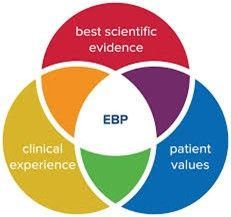Procedures: It’s How You Say It
Policies are what you say; procedures are how you say it. As was discussed last week, a policy’s purpose is to tell everyone what you want to do. And now, the procedure tells how you’re going to do it.
Procedures are about the process. The steps your organization takes to follow a guideline. Comply. Teach new employees what to do. Explain to regulatory agencies how you plan on executing your policy.
So how do you accurately reflect what you’re going to do? The best way is to start with an outline. Figure out the steps which an employee, the organization takes to carry out the plan. For some writers, they have it in their heads. Steps A, B, C, etc. For others, it’s more difficult. And you can start at the end and work your way backward. What is your result and how do you get there?
Suppose your organization needs a process to detect high-risk children. The result is that you want them to have safety and/or crisis plans. This way, staff can assure the child and their family that, if they are possibly thinking of harming themselves or others or running away, there is a plan in place.
Here’s an example of doing this backward.
- The family has a safety plan.
- It was explained to them, and they understood it and completed it.
- The family set up an appointment with the therapist.
- The therapist’s supervisor reviewed the therapist’s evaluation and determined the child is at risk.
- The therapist took their evaluation to the supervisor.
- The therapist contacted the child’s family and significant others to get information about the child.
- The therapist asked about the child’s suicide and/or homicidal thoughts, plans, and intent to rule out immediate or imminent danger.
- The therapist asked the child questions about their behaviors, how frequently they occur, the severity and intensity.
- The therapist evaluated the youth.
This may not cover everything. But it shows how the manager or the person making the procedure got to the beginning. By starting at the end. It may be easier to go the other way, but it doesn’t matter. The important thing is that the procedure should be as self-explanatory as possible. So that if it’s picked up at any time by a staff member, a regulatory agency, an accreditation organization, they can understand it in plain English. Once all the pieces are in place, they can then be written in outline form or the narrative. There is no right or wrong way. Just so it’s understood.
Providing clear procedures helps staff know their job and gives the agency structured protocols for their operation.
Praxes provides consulting services on policies and procedures. Here is a list of our services.
For more information, please contact us.




